Germany PMI Manufacturing was finalized at 58.4 in September, down from August’s 62.6. Markit said output and new orders rose at slowest rate in 15 months. Input shortages continued to push up costs, leading to higher output prices. Pace of job creation slowed as growth expectations dipped to 13-month low.
Phil Smith, Associate Economics Director at IHS Markit, said:
“At 58.4, the latest headline PMI reading gives a false impression as to the manufacturing sector’s current performance, with the suppliers’ delivery times component continuing to distort the picture. Trends in output and new orders are weaker than the headline number suggests.
“The unprecedented supply shortages we’ve seen in recent months have been holding back production levels for some time now, and we’re increasingly seeing this disruption feed back up the supply chain and resulting in reduced demand for intermediate goods as orders are either postponed or cancelled. As a result, overall growth in new orders dropped to a 15-month low in September.
“At the same time, supply bottlenecks continue to drive up input costs and, in turn, put pressure on manufacturers to raise prices, which is acting as another headwind to growth. The rate of input price inflation looks like it might have peaked but is still running close to the fastest in the survey’s history, leading to near-record numbers of goods producers raising prices.
“Manufacturers’ optimism towards the outlook is steadily ebbing away, down in September to its lowest for 13 months, with many firms concerned that supply shortages will persist into next year.”
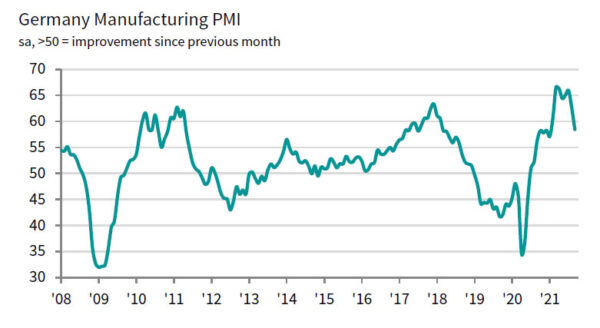
Full release here.




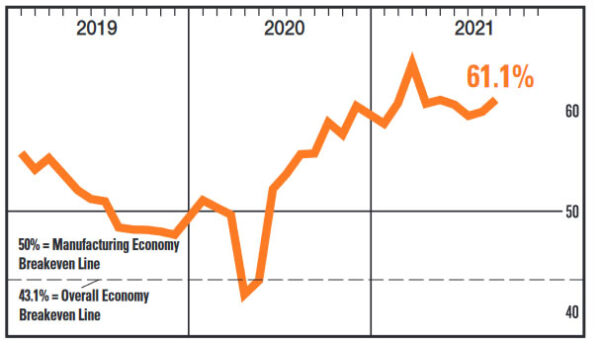
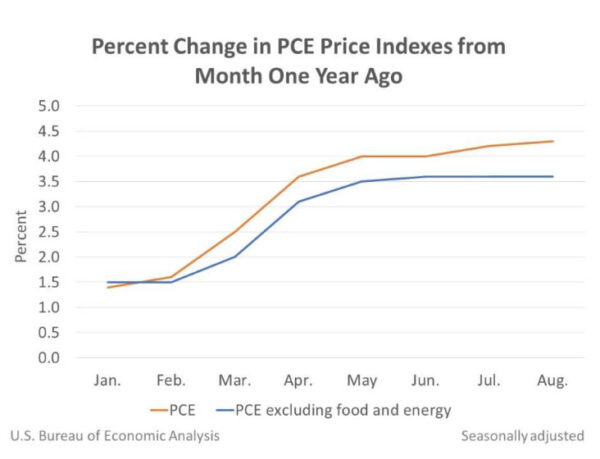
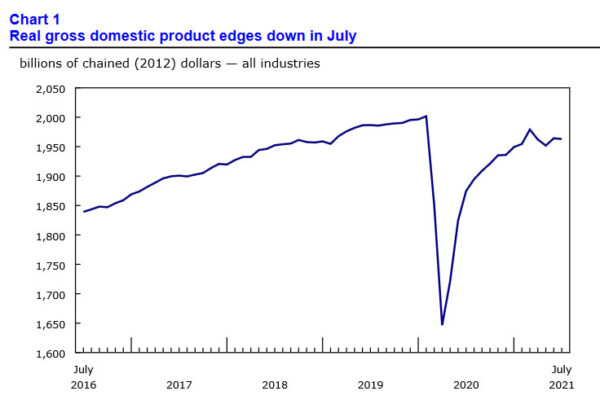
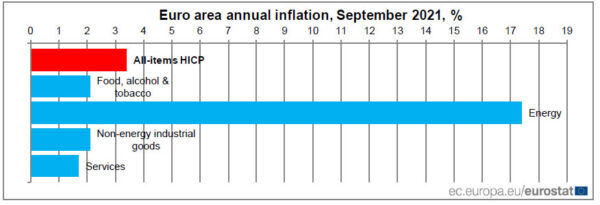
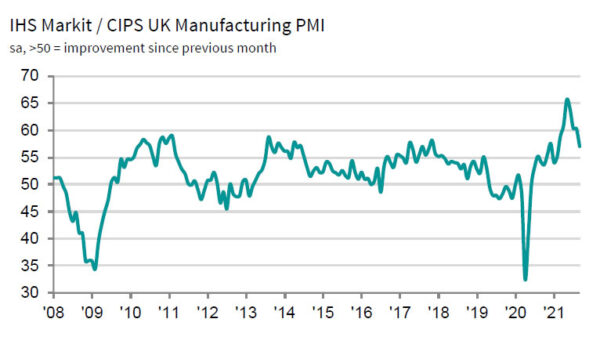
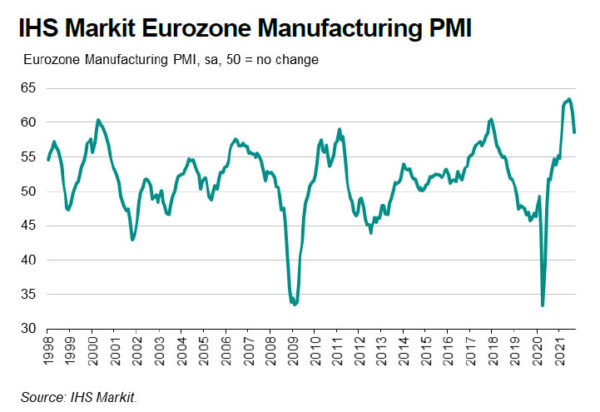
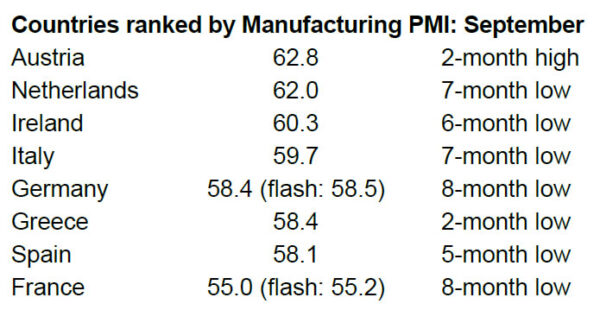

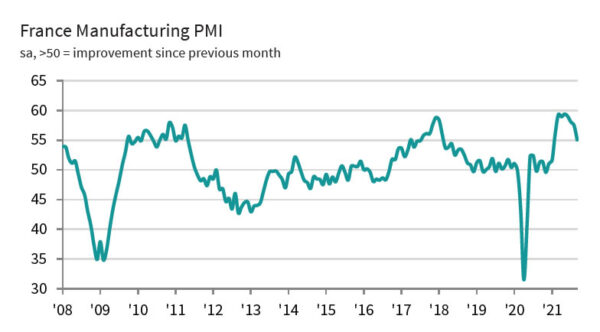
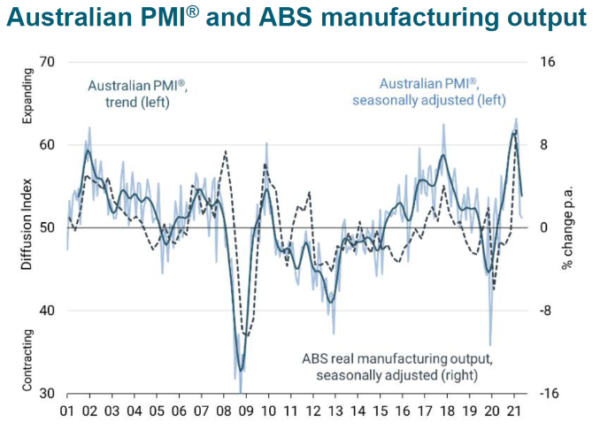
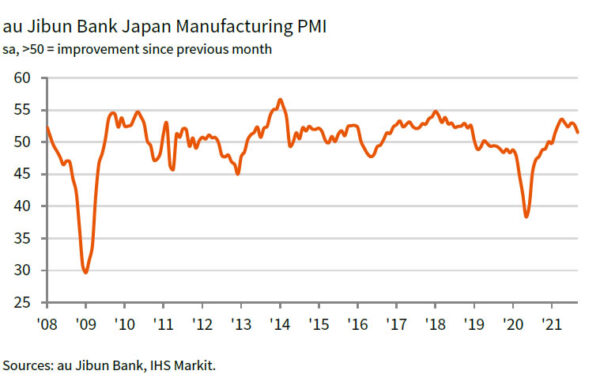
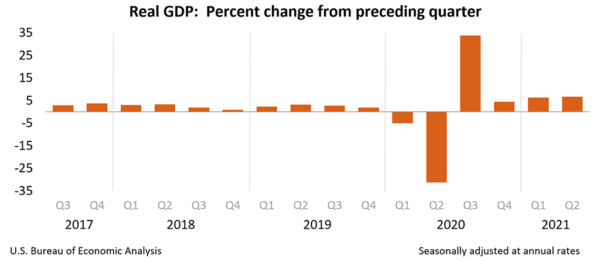
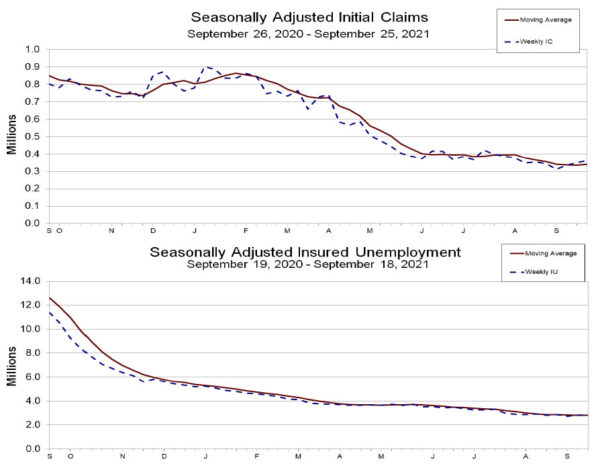
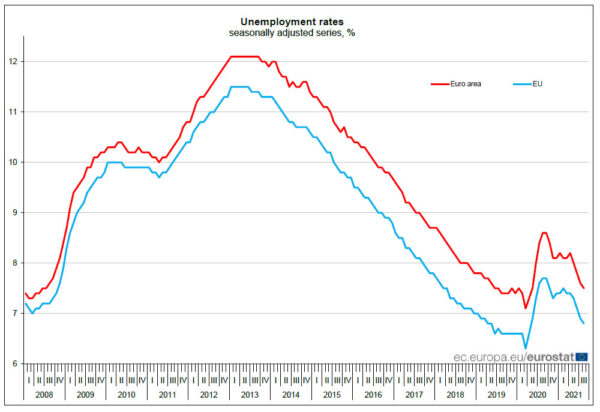
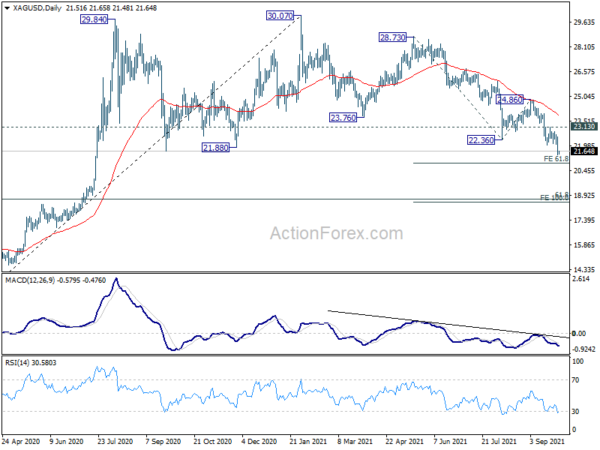
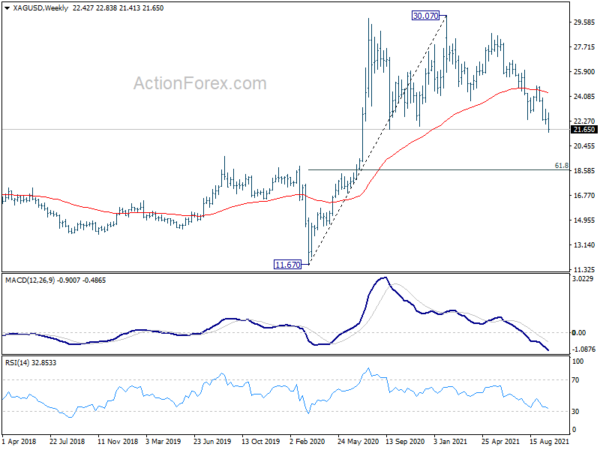
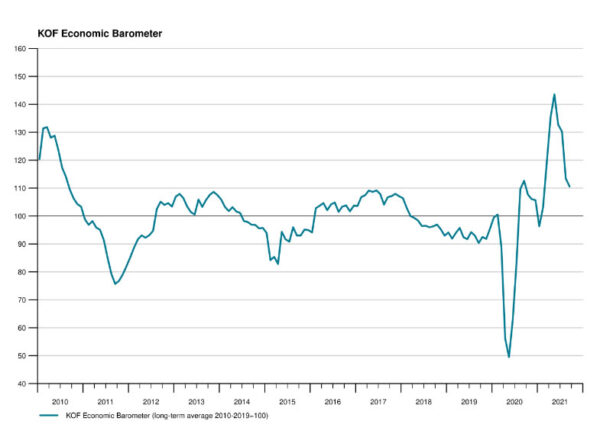
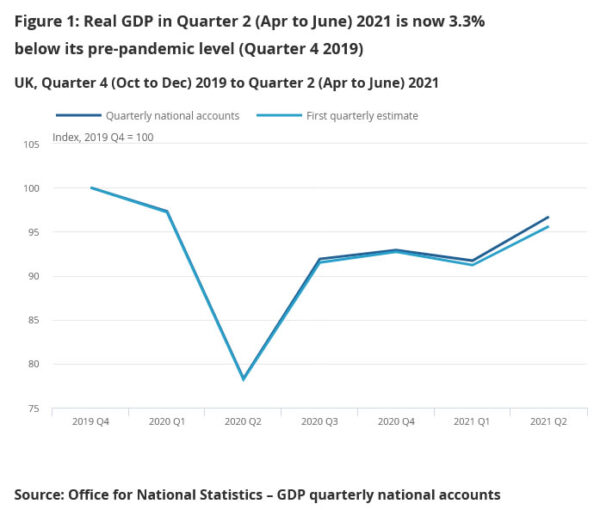

AUD/NZD to confirm in bullish reversal or not this week
AUD/NZD is a focus today with RBA and RBNZ featured. It started a rebound since mid September, even though market are expecting RBNZ to hike soon while RBA is still extending it’s QE. The reactions to both central banks this week would determine whether the cross has indeed been reversing the down trend.
Technically, the conditions for a bullish reversal are there, with 55 day EMA broken. Also, fall from 1.1042, as a corrective move, has met it’s target of 100% projection of 1.1042 to 1.0415 from 1.0944 at 1.0314 already, as well as the medium term channel support. Slight bullish convergence condition is also seen in daily MACD.
On the upside, sustained break of 1.0538 resistance will firstly indicates that fall from 1.0944 has completed. Also, whole fall from 1.1042 might also have finished with three waves down to 1.0278 too. Near term outlook will be turned bullish for an eventual retest on 1.0944/1042 resistance zone. However, failure to break through 1.0538, followed by break of 1.0390 minor support, will bring retest of 1.0278 low, and retain medium term bearishness instead.